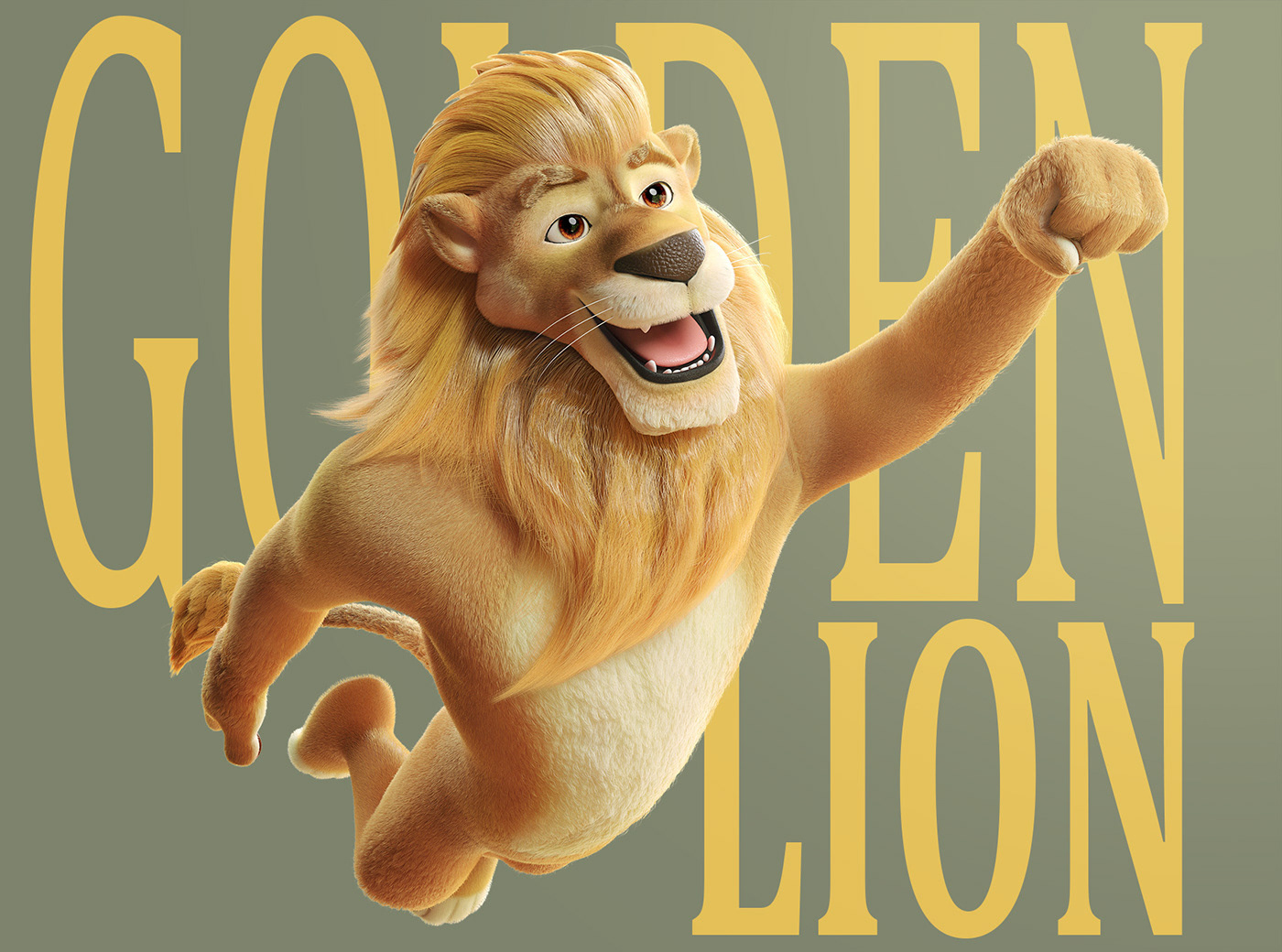


Nowadays it’s almost impossible to imagine a book made for children that does not contain the use of the image. Inherent in the universe of children’s literature, the image is spreading, revering the text, or even in some cases dispensing it and use illustration as the narrative itself. It can be said that the illustration opens up a new possibility for a third reading, boosting the relations between word, image and the reader imagination. However, for those who have some kind of visual impairment, it is not possible to have such a connection, thus creating a certain gap when we relate the illustration to the field of visual impairment. Nowadays, the adaptation of technologies associated with visual impairment begins to be increasingly affluent, both in applications and games such as computer keyboards or mobile devices.
However, although braile writing and low vision writing is increasingly adapted to our daily lives, its presence and existence in children’s books is still less seen, with a greater focus and interest currently in the area of technology, making the object book be somehow forgotten.
When failing to obtain visual information, touch is one of the senses that plays an important role in the knowledge of the environment and in learning. Following the guiding thread of this logical process, it is in this sense that the tactile book emerges, as a form of stimulation. This is configured as a multisensory object, mainly exploring tactile perception, also creating a certain curiosity for the normovisual reader to understand and study.
A preeminent interest in reading and understanding prevails that an individual with any type of visual impairment removes through the use of touch.
Throughout the research, it was understood that it is unusual to have a children’s book that can be read and that is aimed at both blind and low vision children, what we can observe is that the book is only oriented to one of these fields. Is it then possible to create a version that includes both sides of the visual impairment in one element? Starting from this train of thought, an inclusive illustrated book is created, based on a children’s story, developed with the aim of combining both braile and Ink Writing adptaded for low vision and illustration, for children with or without any vision limitations.


















